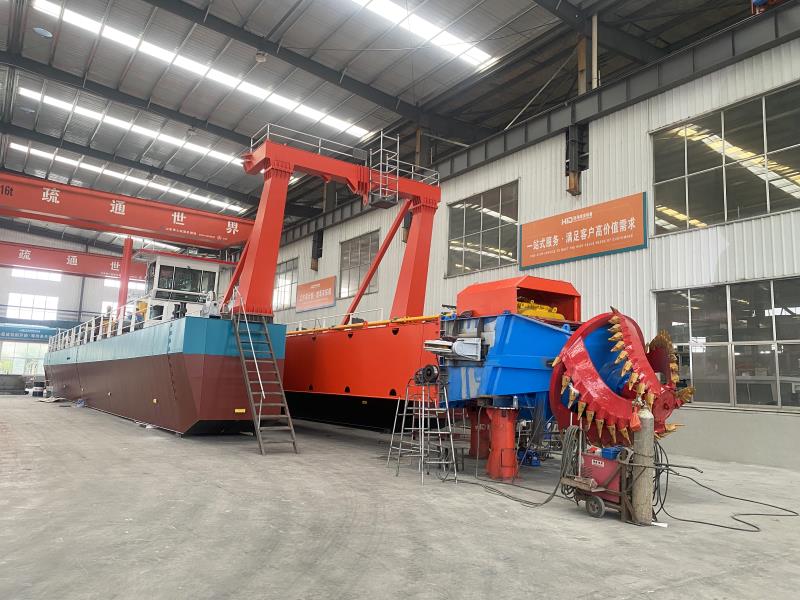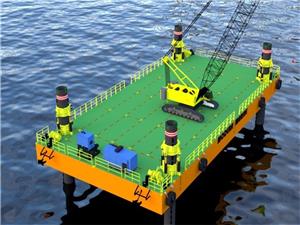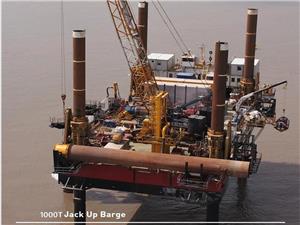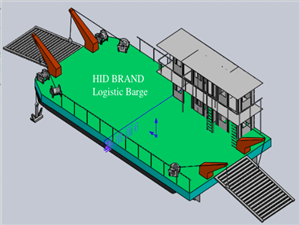CSD Operations: Risks and Countermeasures You Must Pay Attention to
Cutter Suction Dredgers (CSDs) are among the most powerful dredging machines, capable of excavating compact soils, clay, and even rock formations. However, operating a CSD comes with complex challenges and risks that can affect efficiency, safety, and project timelines. To achieve optimal dredging performance, these risks must be identified, assessed, and mitigated effectively.

Key Challenges & Risks in Cutter Suction Dredging
1- Pipeline Blockages & Wear
The continuous flow of dredged material through pipelines leads to abrasion, sediment buildup, and potential blockages, reducing efficiency.
Solutions:
-Use high-abrasion-resistant pipes and monitor flow rates & pressure to prevent clogging.
-Implement periodic flushing & backflushing techniques.
-Optimize pipeline routing to minimize sharp bends and pressure losses.
2- Cutter Head & Teeth Wear
Working in dense soil, compact clay, or rocky seabeds accelerates wear and reduces cutting efficiency.
Solutions:
-Use high-strength wear-resistant materials for cutter teeth.
-Conduct regular inspections & replacements to prevent performance drops.
-Adjust cutter rotation speed & dredging technique based on soil conditions.
3- Unstable Anchoring & Positioning
Improper anchoring can cause misalignment, excessive swinging, and dredging inaccuracies.
Solutions:
-Optimize spud positioning & mooring system for stability.
-Use GPS & real-time monitoring systems for precise dredger alignment.
-Conduct pre-dredging surveys to assess seabed conditions for anchor placement.
4- Equipment Failures & Downtime
Unexpected breakdowns lead to project delays & increased costs.
Solutions:
-Implement predictive & preventive maintenance schedules.
-Use remote monitoring & real-time diagnostics to detect early signs of failure.
-Maintain critical spare parts stock to minimize downtime.
5- Fuel Consumption & Operational Costs
High energy consumption impacts profitability & sustainability.
Solutions:
-Optimize pump efficiency & cutter power usage based on material type.
-Utilize energy-efficient hybrid systems to reduce fuel consumption.
-Plan dredging cycles strategically to minimize idle time.




